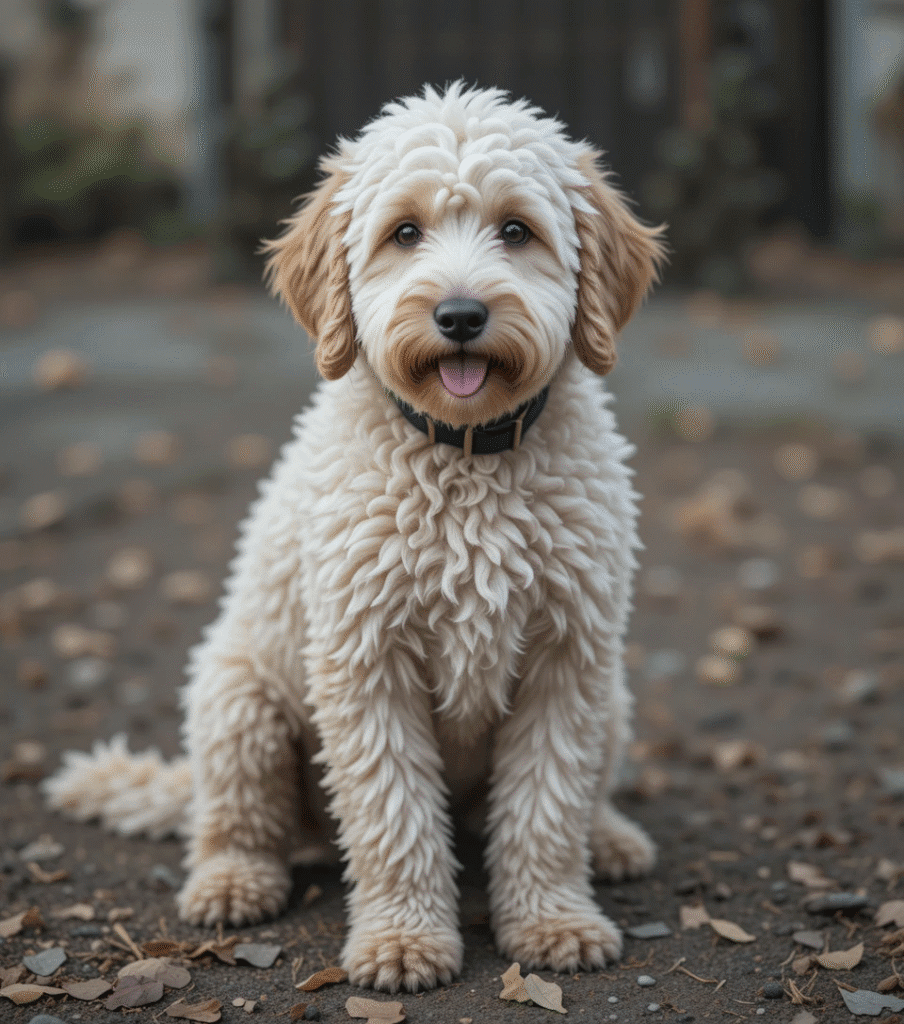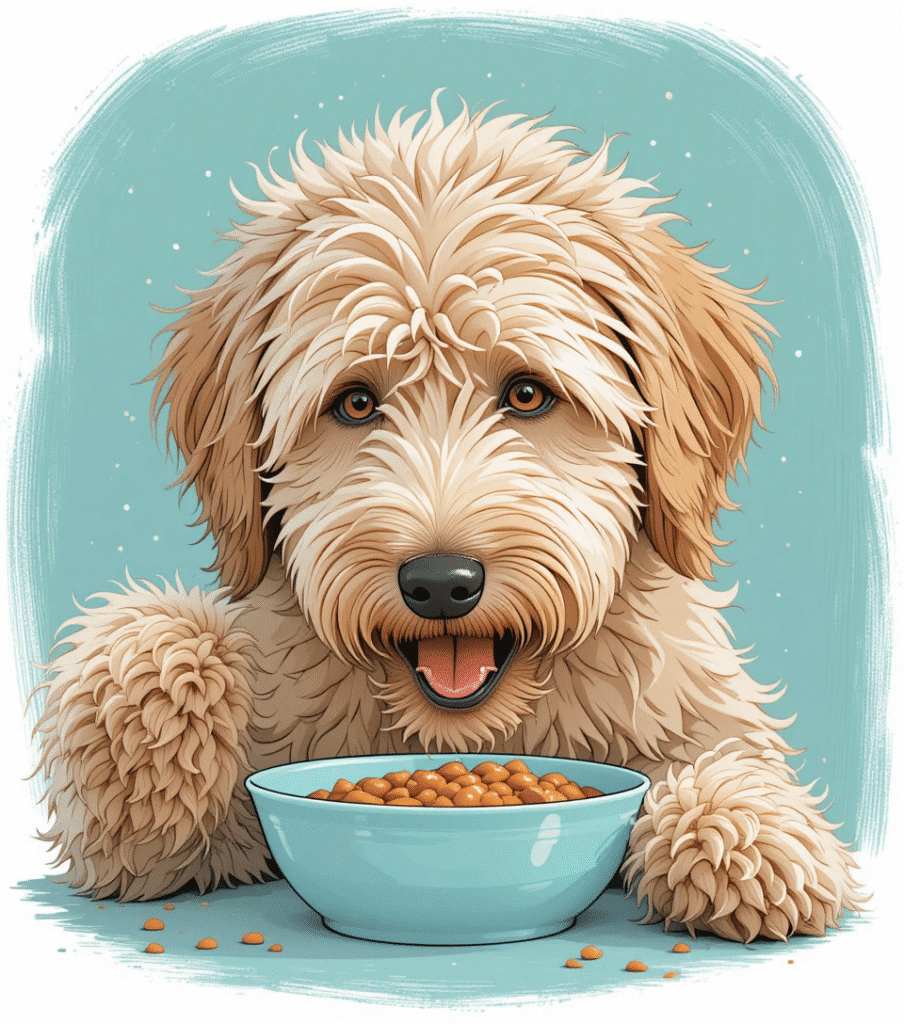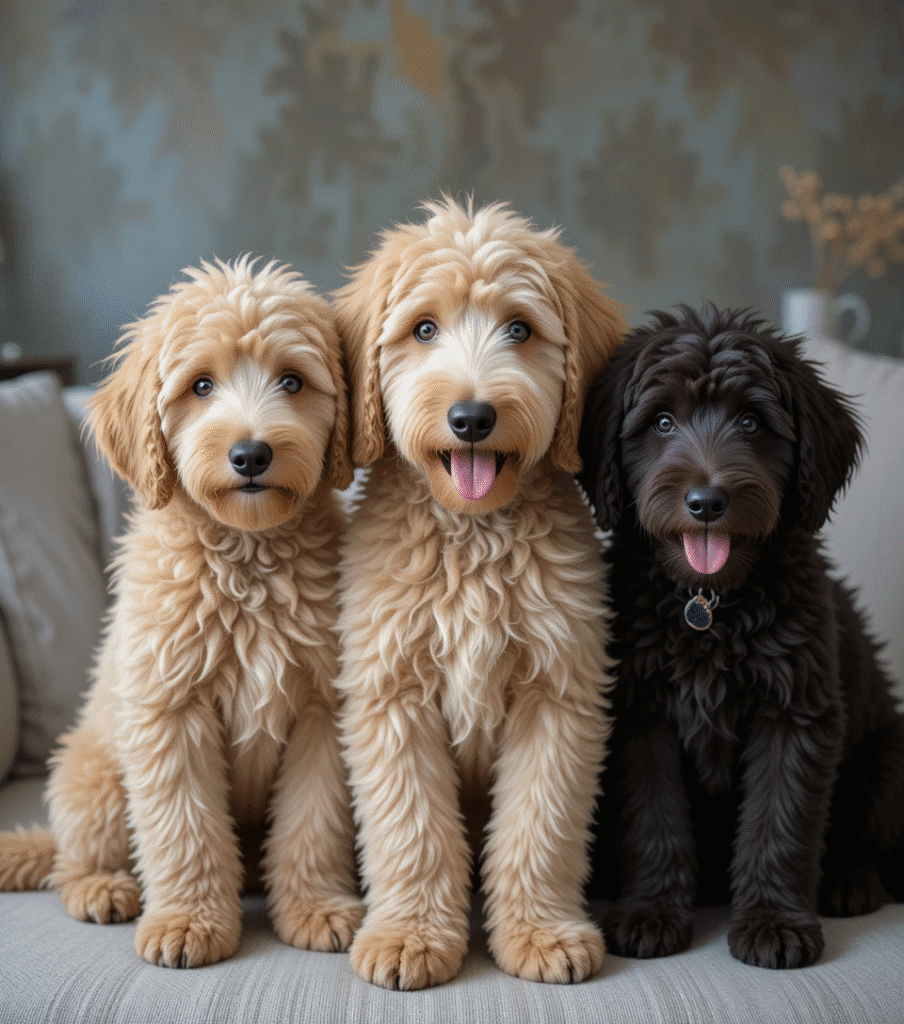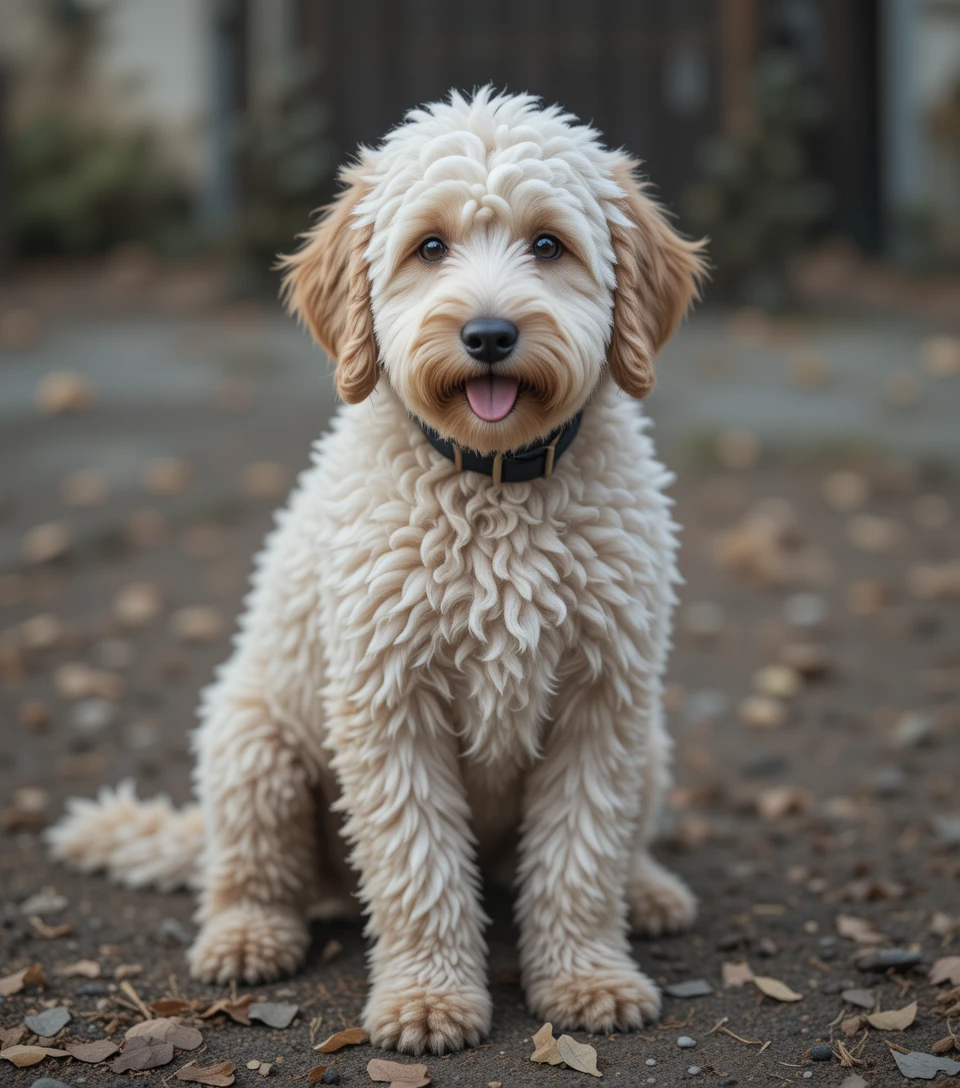When I first heard about the multigenerational Australian Labradoodle, I was amazed by how they’re much more than just your average dogs. These adorable pups come from a rich lineage of multiple generations of selective breeding, which gives them a unique mix of wonderful traits. What really stands out is their blend of the Labrador Retriever’s friendliness, the Poodle’s brains, and touches from other breeds like the English and American Cocker Spaniel. This mix makes them special companions with incredible intelligence and charm that quickly melts any dog lover’s heart.
But don’t be fooled—they’re not perfect (though they come pretty close!). Like all breeds, these pooches have their own quirks and need careful handling. What makes owning a multigenerational Labradoodle so exciting is this balance between their lovable nature and unique personality traits. Plus, their hypoallergenic fur is a big plus if you have allergies. For anyone ready for a rewarding adventure with a playful, smart dog, this breed truly shines.
Table of Contents

Understanding the Multigenerational Australian Labradoodle
What Makes the Multigenerational Australian Labradoodle Special
There’s something truly special about multigenerational Australian Labradoodles that sets them apart from your average dogs. These furry friends come from a unique breed that has been carefully developed through multiple generations of selective breeding. Their lineage is what makes them stand out — breeders focus on specific traits like size, coat type, and temperament to create a consistent breed standard. This means when you meet one, you know the kind of personality and look to expect.
One of the coolest things about these dogs is their wavy or curly hair that barely sheds, making them a great choice for people with allergies or anyone tired of vacuuming dog hair every day. Beyond their hypoallergenic coats, these pups have an amazing personality — they’re friendly, intelligent, and love spending time with their human pals. They come in all sizes from mini to standard and colors that cover the whole rainbow — from cream and chocolate brown to black, red, and even mixed part-color combinations. Plus, thanks to their diverse genetics, these doodles tend to be healthier and live longer than many purebred dogs.
Traits and Characteristics of Multigenerational Australian Labradoodles
From my experience as a dog lover, I can say that every breed has its own unique set of traits and characteristics. When it comes to multigenerational Australian Labradoodles, they truly stand out for their friendly nature and love for people. These dogs are real extroverts who are always eager to play or snuggle with their human family members. Their intelligence is off the charts, making them very easy to train, which is a huge bonus for any pet owner.
Their appearance is just as charming, with curly or wavy hair similar to a poodle and a variety of beautiful colors ranging from cream to chocolate brown. One key characteristic is their low-shedding coat, which is practically hypoallergenic—great news for people with allergies. These pups come in different sizes, from miniature to standard, weighing anywhere from 15 to 65 pounds. Like all breeds, they can have some health issues, so regular check-ups with the vet are very important. These dogs aren’t just cute faces—they have a lot of heart and character too.

Care and Maintenance for Your Australian Labradoodle
Bringing a Aussie Labradoodle into your family means committing to their care and maintenance to keep them healthy, happy, and looking their best. One thing that surprised me was their beautiful non-shedding coat, which means less hair around the house but requires more regular grooming. I learned it’s important to brush them at least once or twice a week to avoid matting, and every 8 to 12 weeks, a professional grooming session is like a mini spa day for them.
Exercise is another key part of their care. These dogs are naturally active, so daily walks are vital to help them blow off steam and keep their weight in check. A bored Labradoodle can get destructive, so I always mix in some playtime with toys or puzzle games. Diet is just as important—feeding high-quality dry dog food, with occasional wet food, and always providing fresh water keeps their overall health strong. Don’t forget regular vet visits for annual vaccines, flea and worm treatments. At first, it might feel like a lot, but caring for your Labradoodle soon becomes second nature and they truly appreciate the love and attention.
Why a Multigenerational Australian Labradoodle Might Be Your Best Choice
The temperament of a multigenerational Australian Labradoodle is truly one of a kind. They are known for being friendly, social creatures who love spending time with people and are especially good with children. If you have a busy household or lots of guests, these pups fit right in with their warm, welcoming nature.
These dogs are also very healthy, thanks to their diverse genetic makeup which helps them avoid common health issues seen in purebred dogs. They often live longer lives, reaching into their teens. Their low-shedding coat is hypoallergenic, making them a great choice for those with allergies. Plus, they’re smart and easy to train, with an energetic spirit that keeps them active and fun to be around. For anyone looking for a loving, low-maintenance, and lively companion, a multigenerational Australian Labradoodle might just be the perfect addition to the family.
What does multigenerational Australian Labradoodle mean?
A multigenerational Australian Labradoodle refers to a dog that comes from several generations of Australian Labradoodle parents—not just a Labrador Retriever mixed with a Poodle. These dogs have been selectively bred for consistent traits such as temperament, coat type, and size. Most multigen Australian Labradoodles also include other breeds like the English Cocker Spaniel or American Cocker Spaniel in their lineage, which contributes to their unique personality and hypoallergenic coat.

How big are multigenerational Australian Labradoodles?
Multigenerational Australian Labradoodles come in three main sizes:
- Miniature: 14–16 inches tall, 15–25 pounds
- Medium: 17–20 inches tall, 30–45 pounds
- Standard: 21–24 inches tall, 50–65 pounds
Their size depends on their parentage, especially the size of the Poodles used in breeding. Despite their size variations, they all share a similar friendly, outgoing personality.
What is the difference between a Labradoodle and an Australian Labradoodle?
| Feature | Labradoodle | Australian Labradoodle |
|---|---|---|
| Origins | Labrador Retriever × Poodle | Labrador, Poodle, + Cocker Spaniel (multi-breed mix) |
| Consistency | First or second generation (F1, F1B, etc.) | Multigenerational, bred for consistent traits |
| Coat | May shed, unpredictable (straight, wavy, curly) | Typically non-shedding, allergy-friendly |
| Temperament | Varies; depends on mix | Stable, well-tempered, great therapy dogs |
| Recognition | Not officially recognized as a breed | Recognized by the Australian Labradoodle Association |
In short, Australian Labradoodles are more predictable in behavior and coat quality, thanks to their refined, multigenerational breeding.
What is the rarest Australian Labradoodle color?
The rarest Australian Labradoodle color is parti or phantom coloring combined with uncommon hues like:
- Blue
- Lavender
- Silver
- Caramel Ice
Among these, Lavender (a diluted chocolate that appears smoky or silvery) and Caramel Ice are considered extremely rare and often highly sought after by enthusiasts and breeders. These colors usually come from specific genetic combinations and are more likely to appear in multigenerational lines.

